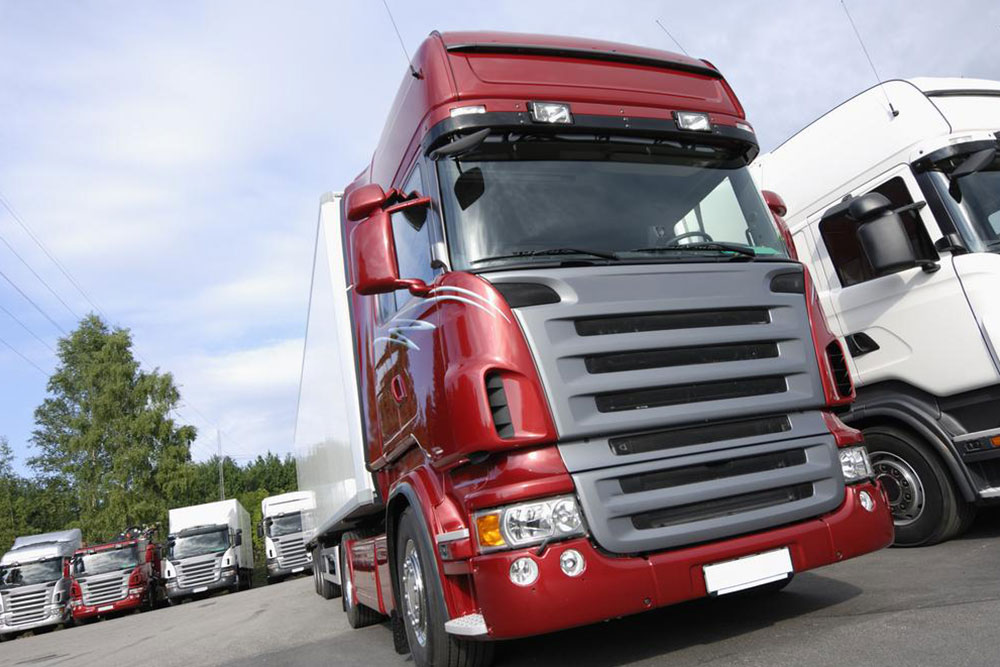Comprehensive Guide to Efficiently Renting a U-Haul Truck for Your Moving Needs
Learn how to efficiently rent a U-Haul truck with essential tips on selecting the right size, inspecting the vehicle, and optimizing costs. This comprehensive guide ensures a smooth moving experience by focusing on vehicle capacity, maintenance, and rental plans, helping you save time and money during your move.

Essential Considerations When Renting a U-Haul Truck
Embarking on a move can be a daunting task, but choosing the right U-Haul truck makes the process much smoother and more economical. The primary step is selecting a vehicle size that aligns perfectly with your specific needs. Opting for a truck too large can lead to unnecessary fuel consumption, higher rental costs, and challenges maneuvering through narrow streets, while a truck too small might force multiple trips or result in damaged goods due to insufficient space. Therefore, careful assessment of the volume and weight of your belongings is crucial in avoiding these pitfalls.
The cargo space of the truck should be ample enough to accommodate all your possessions comfortably. When inspecting potential rentals, look for trucks with unobstructed rear areas, free of partitions, shelves, or other fixtures that could limit space. This ensures you can efficiently load and unload, saving time and reducing effort. Keep in mind that the cargo area should be clean and well-maintained, with no signs of damage or excessive wear that might compromise the safety of your belongings during transit.
Beyond size and condition, it is important to consider the storage capacity thoroughly. The rear compartment should be spacious and free of obstructions, allowing for a flexible arrangement of your furniture, boxes, and other items. Smaller trucks can sometimes meet your needs if they offer sufficient room, but always measure and plan ahead. Review the rental agreement carefully, paying attention to fixed charges that depend on rental duration, mileage, or both. Selecting a plan that aligns with your moving schedule can significantly reduce your overall costs. Additionally, inspecting the vehicle before pick-up is highly recommended—check for tire pressure, fluid levels, and general maintenance to avoid unexpected breakdowns. Having a contingency plan, such as roadside assistance, can be beneficial for handling unforeseen issues during your move.





